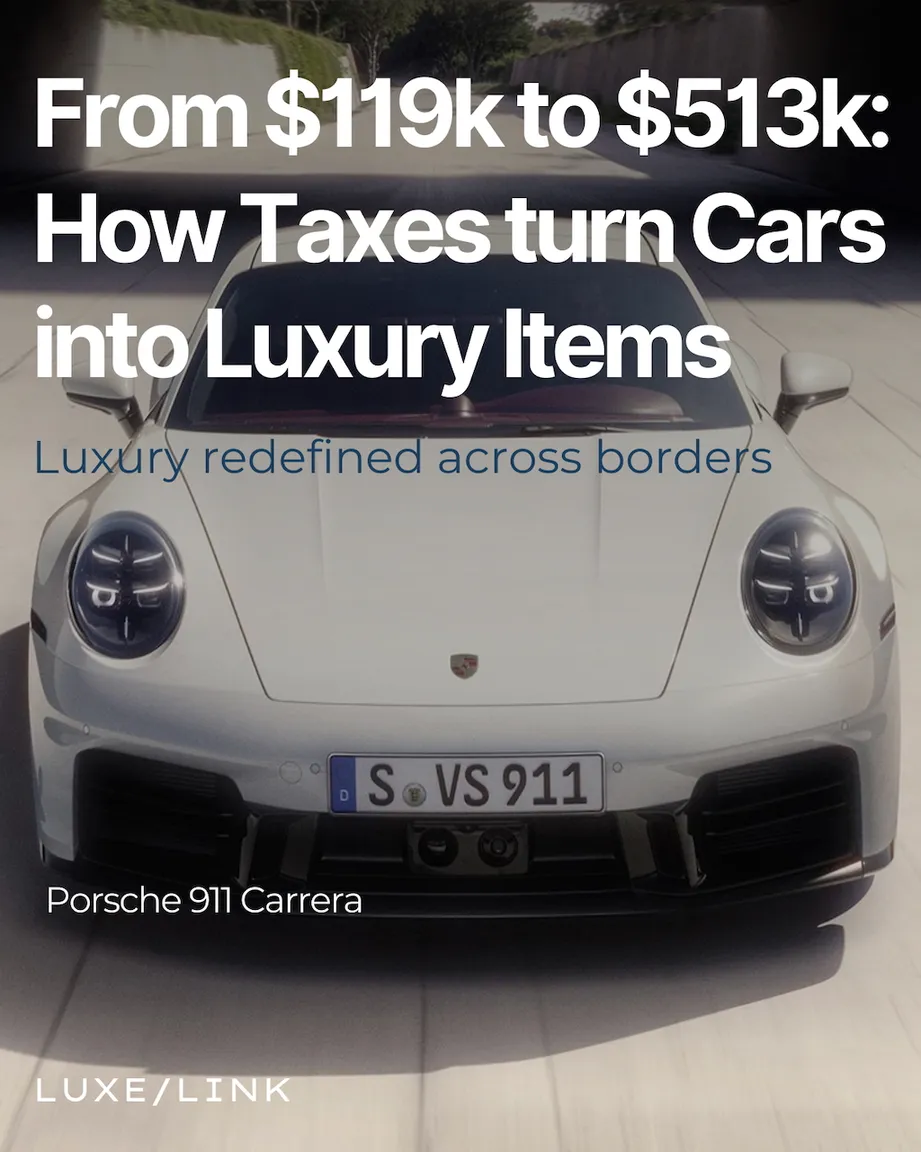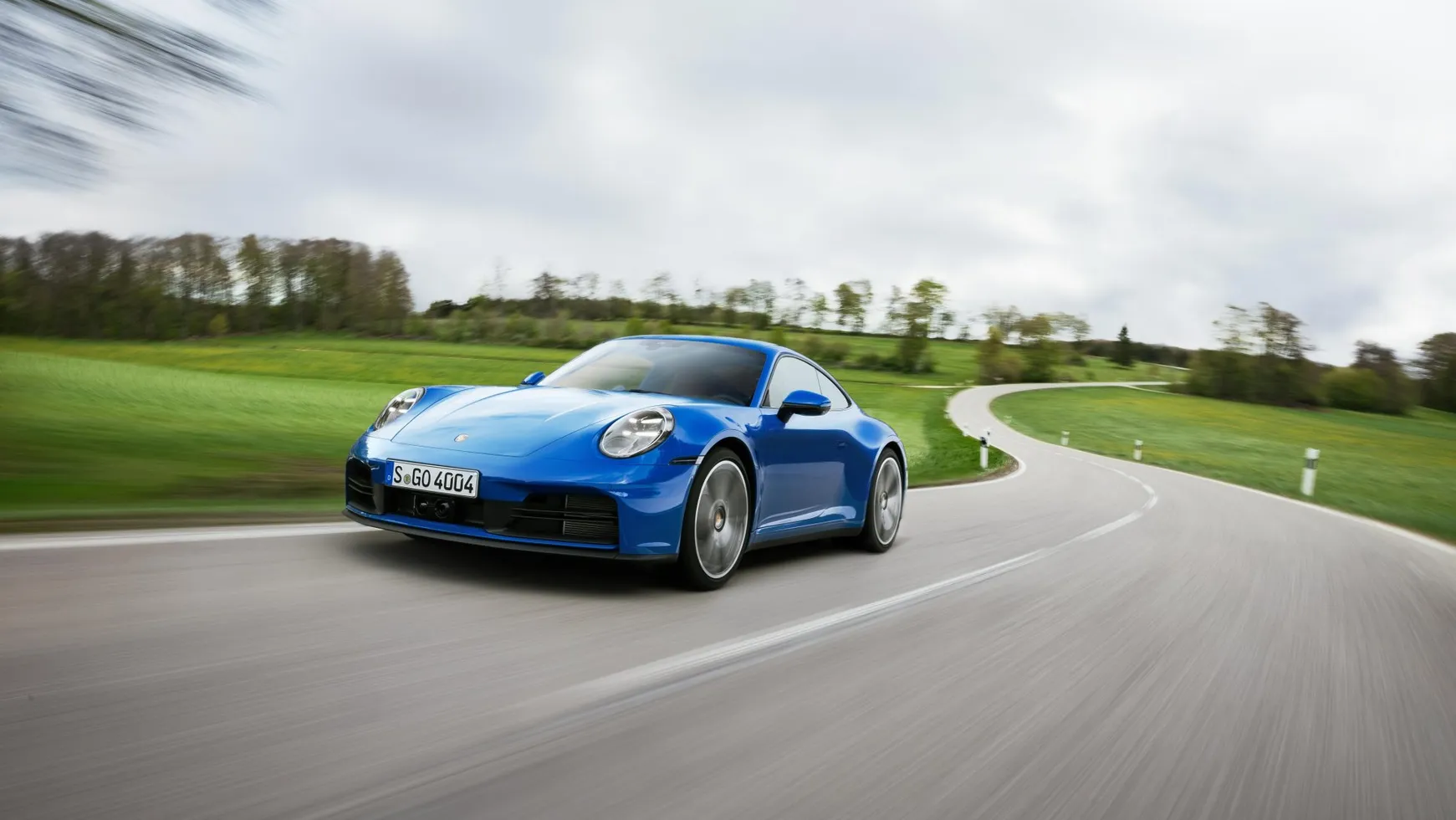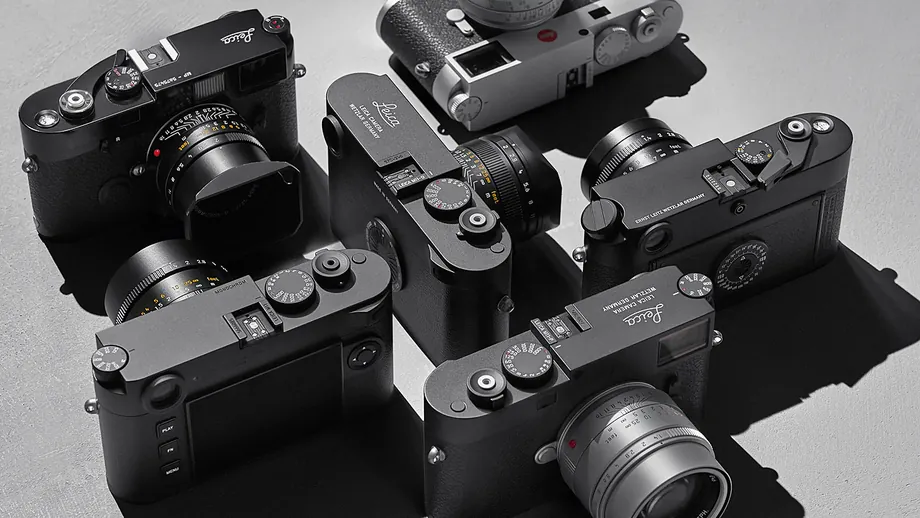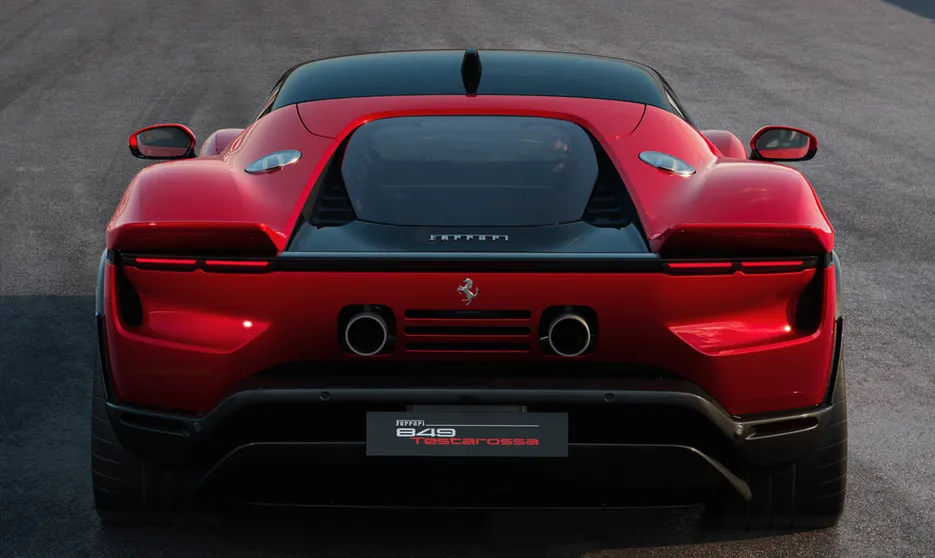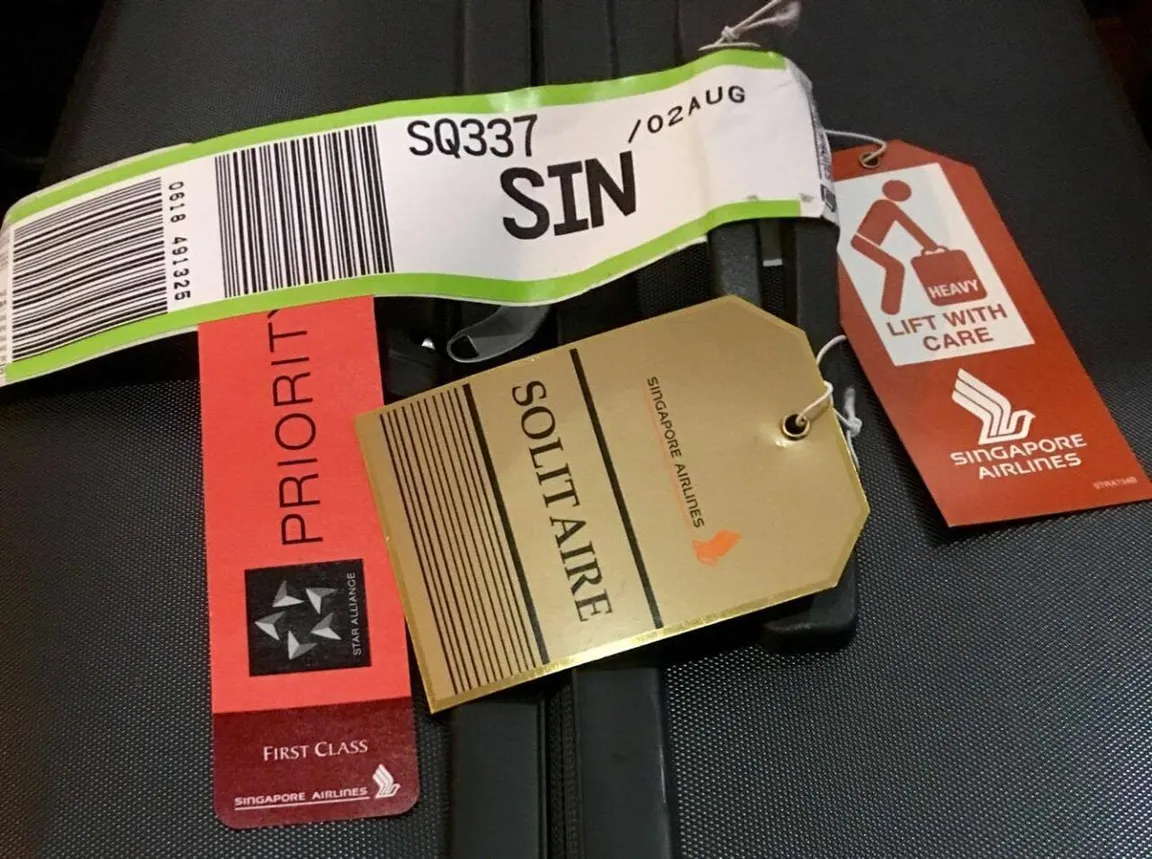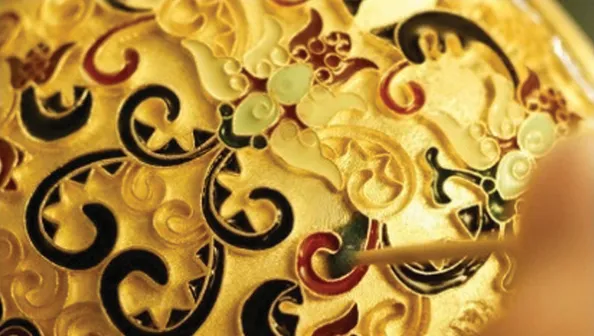A Car That Doesn’t Change — But a Story That Does
Few products in the world carry the recognition of a Porsche 911 Carrera. Its silhouette hasn’t drifted far in decades. Its brand story is universal.
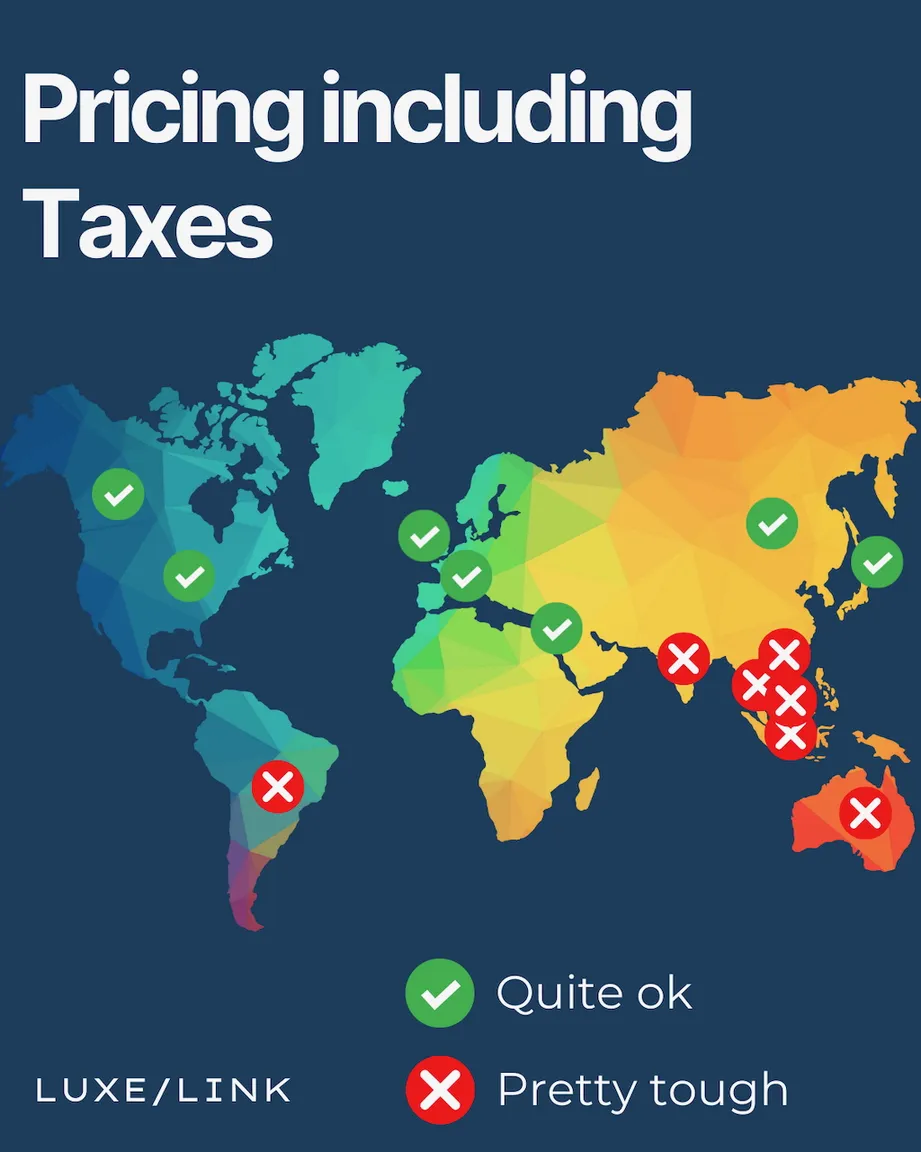
But the meaning of that car shifts dramatically when you cross borders.
In Germany, a 911 is still aspirational — the reward of professional success, a sports car many dream of and some can realistically reach.
In Singapore, the same 911, after duties and COE, can cost well over USD 1 million. It becomes ultra-luxury, sitting alongside Ferraris and Lamborghinis as the ultimate status symbol.
In Vietnam or India, steep import duties elevate it even further, placing ownership firmly in the realm of UHNWIs.
And in the US, traditionally a price-friendly haven for European cars, new tariffs are beginning to erode that advantage.
The engineering is identical. The context rewrites the story.
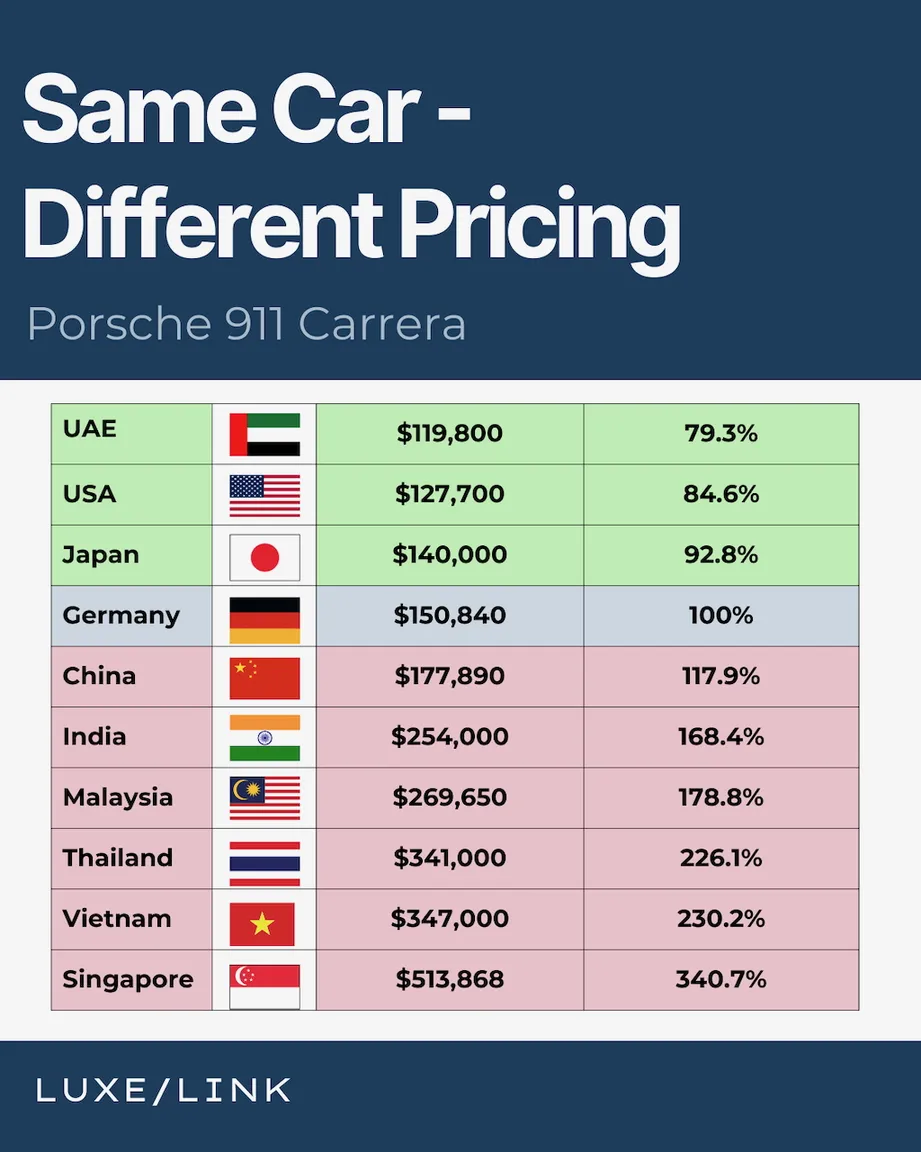
More Than Transport: A Status Symbol
For many buyers in Singapore, driving isn’t just about getting from A to B. It’s about what the car says.
One owner explained: buying a car here is like wearing a Rolex. It’s a signal of success, credibility, and taste. Another put it bluntly: “I am paying the price for convenience.”
That context transforms categories:
- A Toyota becomes a luxury item.
- A Mercedes E-Class — used as a taxi in Berlin — becomes a six-figure aspiration.
- A Porsche 911 crosses into ultra-luxury, more a cultural artefact than a mere sports car.
The product hasn’t changed. Its symbolic weight has.
Policy as the Architect of Exclusivity
Why does a car mean one thing in Stuttgart and another in Singapore? Because policy builds the market.
Singapore’s COE system is a masterclass in engineered scarcity: before you even pay for the car, you’re paying six figures for the right to drive it. Import regimes in India, Vietnam, and Thailand layer heavy duties and luxury taxes on top. China’s cooling economy and strong domestic competition are reshaping demand. And in the US, new tariffs are about to rewrite price positioning.
Regulation doesn’t just govern. It designs exclusivity — and by extension, it designs meaning.
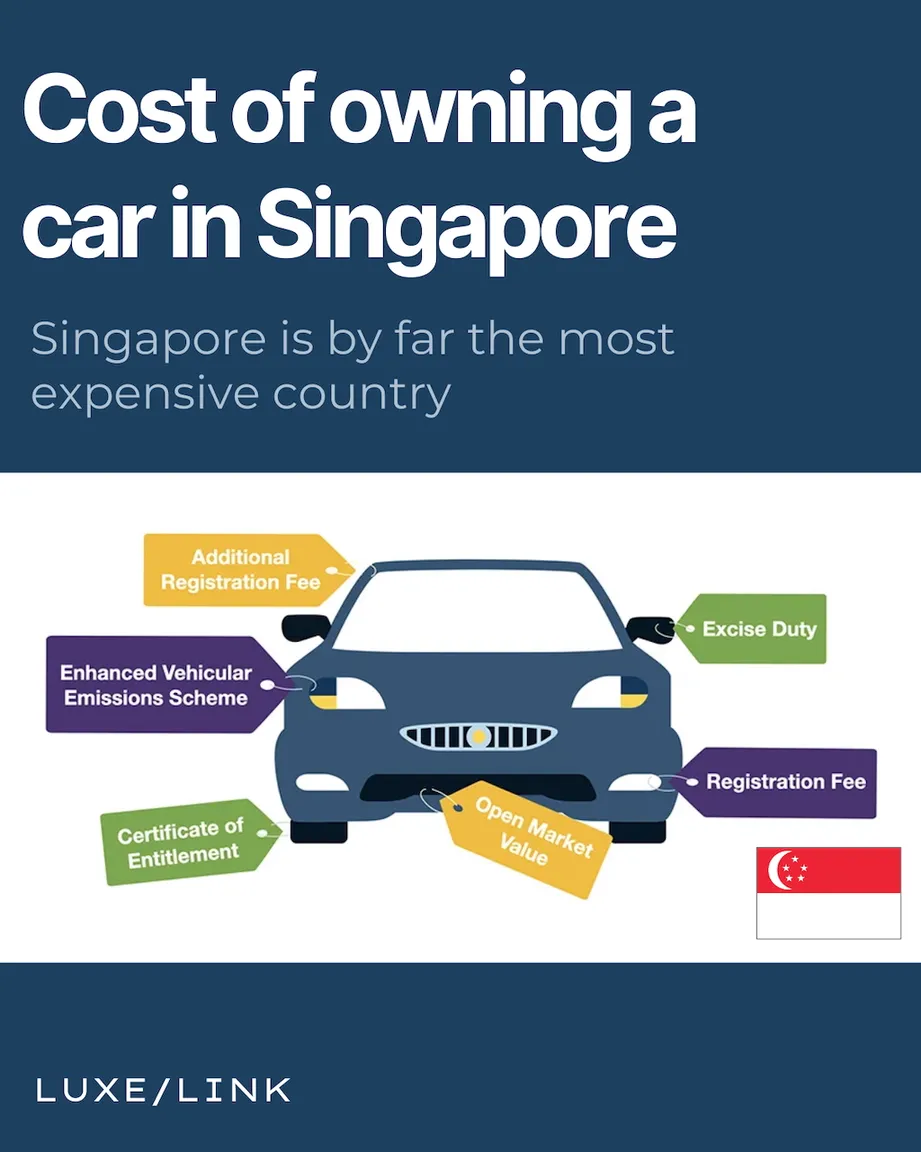
What This Means for Luxury Brands
Having worked across Asia with Porsche, Audi, and McLaren, I’ve seen how these differences shape both product strategy and customer engagement.
The Porsche 911 offers a clear lesson: success isn’t about what the car is. It’s about what the car means in that context.
- In Singapore, a 911 is less about lap times and more about identity.
- In Vietnam or India, it’s about being part of an elite circle that can access what others cannot.
- In Germany, it’s still about driving — performance, heritage, the feel of the road.
Luxury brands can’t assume one story fits all. They need agility, cultural literacy, and professional retail operations to match the product’s symbolic value in each market.
Final Thought
A Porsche 911 doesn’t change. The story around it does.
Luxury is never just about craftsmanship. It’s about context.
And in Asia, context can transform a sports car into a million-dollar statement of status, aspiration, and legacy.
For brands, the challenge is clear: don’t just sell the product. Interpret the meaning.
